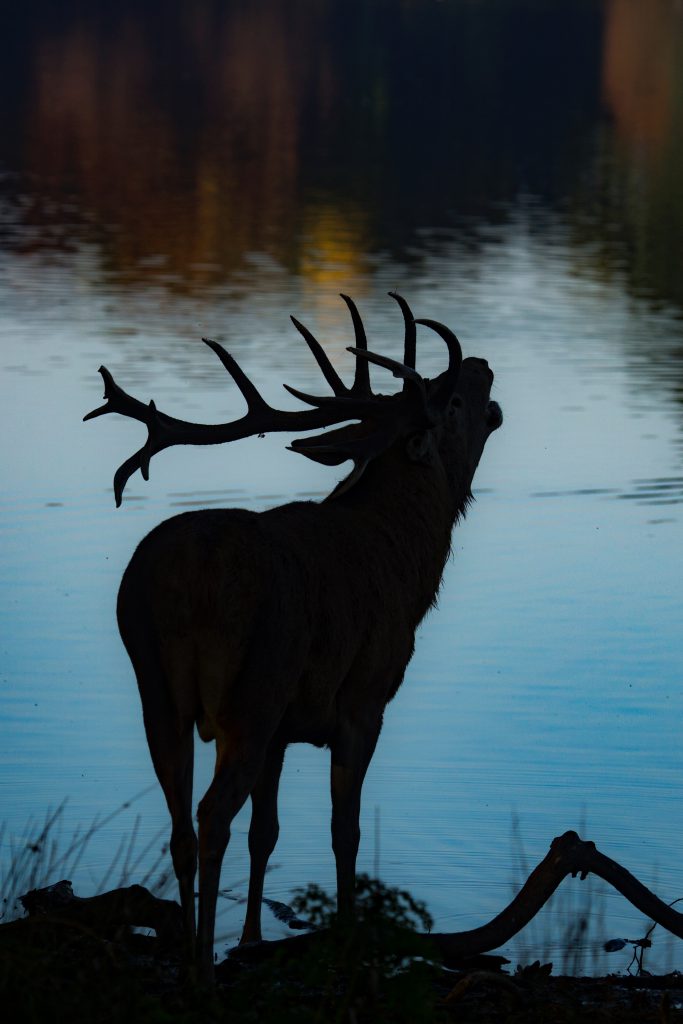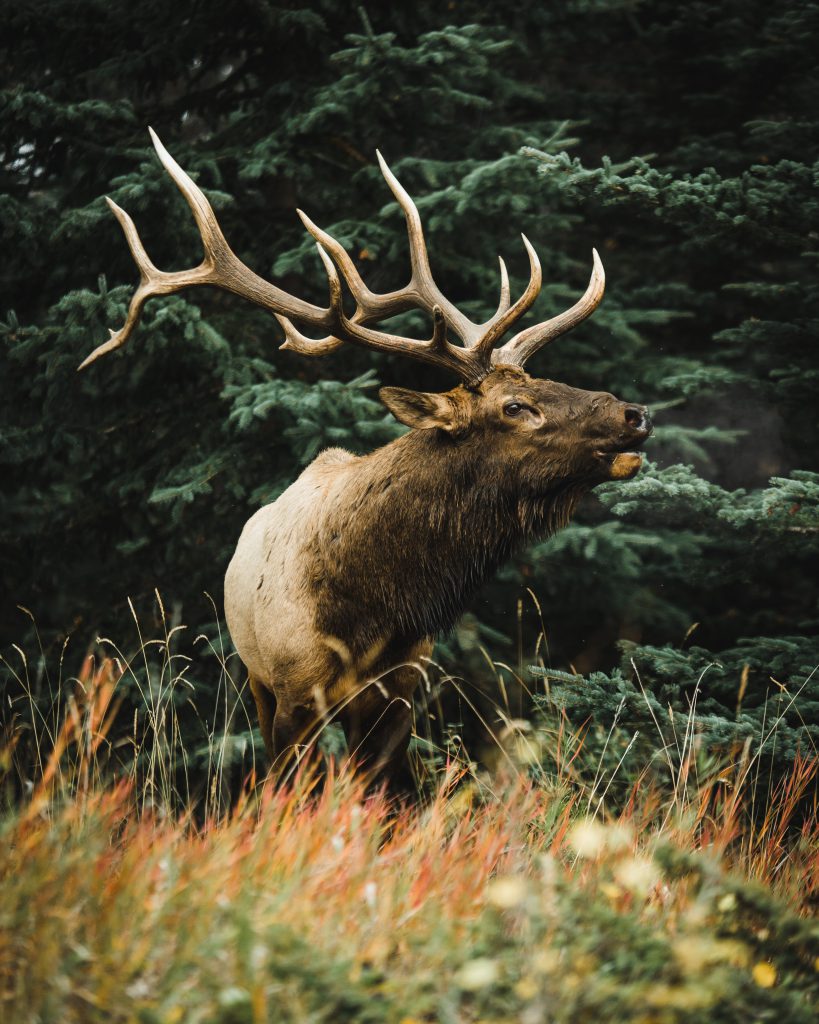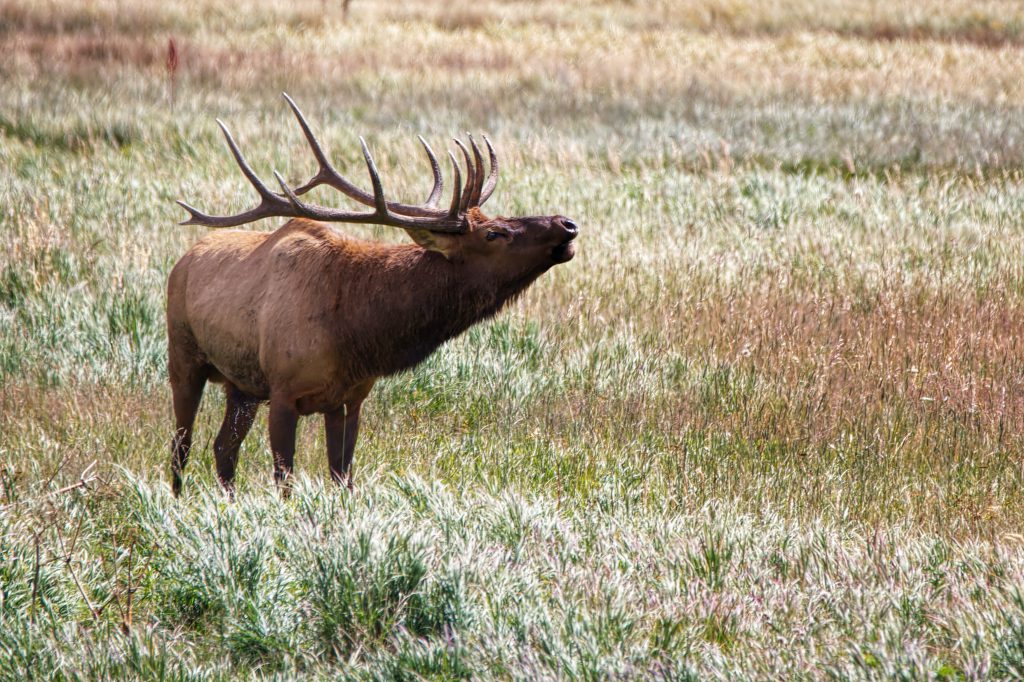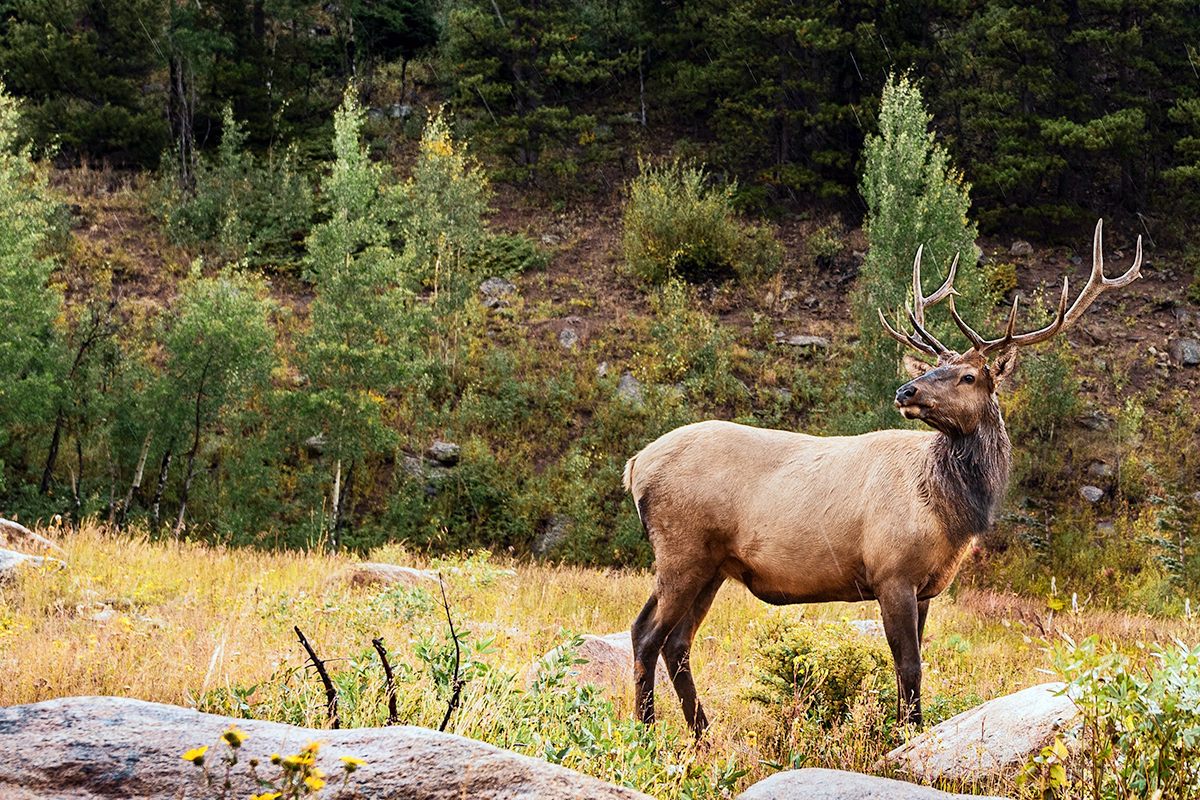Local landowners, Rocky Mountain Elk Foundation (RMEF) volunteers, and the Virginia Department of Wildlife Resources have worked for decades to bring elk back to the Old Dominion State. That work has paid off. For the first time in at least 166 years, Americans will soon be able to go elk hunting in the state of Virginia.
Wildlife officials have announced the first Virginia elk hunting season will be held in October 2022, a major indicator that the reintroduction of the animals has been a success.
The last elk subspecies to inhabit Virginia was the now extinct Eastern elk (aka Cervus canadensis canadensis), last seen in Clarke County in 1855. Biologists have debated whether the Eastern elk was a distinct subspecies of elk or a subpopulation of the Rocky Mountain elk. Regardless, the last known Eastern elk in the US was killed in Pennsylvania in 1877.
The RMEF has helped reintroduce elk to many of the large deer’s native, historical ranges, including Virginia, through its Eastern Elk Initiative. When Europeans first came to this country, elk numbers were about 10 million strong — a plentiful resource. However, unregulated hunting and habitat loss eventually caused elk east of the Mississippi River to disappear by the late 1800s, according to the RMEF.
Since that time, hunter-conservationists and state wildlife agencies have restored elk populations in several states where they had been extirpated. Five additional states east of the Mississippi have viable, huntable elk populations: Kentucky, Tennessee, Pennsylvania, Michigan, and Wisconsin.

Several failed attempts were made to restore elk to Virginia over the years, but the state Department of Wildlife Resources (DWR) says a turning point came when the agency released 75 elk between 2012 and 2014 within the current elk management zone (EMZ) that includes Buchanan, Dickenson, and Wise counties. Since then, the population in Virginia has steadily grown, and elk have reclaimed coal fields in Buchanan County. Today, the population is about 400 animals, which is high enough to administer a lottery hunt.
Elk aren’t just good for the ecosystem, but their presence in numbers also benefits local economies. Kentucky has an elk population of more than 10,000. One study estimates hunters spent $3.6 million in the state while hunting and scouting inside and outside of the 16-county elk zone during 2013, in addition to state fees collected for licenses and permits.
Danny Smedley, the RMEF Bull Run chapter chair in Virginia, confirmed his state’s herd reached the management goal outlined by the 2019-2028 Elk Management Plan.
“As the result of the hard work of many RMEF volunteers, Virginia will have an elk season that will generate funds that will be used to benefit the elk herd and other wildlife in Virginia,” Smedley said. “In addition to the benefits to the wildlife from the funds generated from the elk tags, the local economy has benefitted from increased tourism from people viewing elk.”
How to Draw a Virginia Elk Tag
Virginia’s elk tags will be distributed through a limited random lottery system, as they are in other Eastern states. State residents will be required to pay a nonrefundable application fee of $15. Nonresidents with a valid hunting license from any state will have to pay $20. If drawn, hunters will be required to buy a $40 resident or a $400 nonresident elk tag.
The draw for the first Virginia elk season opens Feb. 1, 2022, and will run through March. Winners will be notified by May 30. They will then have 30 days from notification to purchase the required state hunting license, which is non-transferable, and the tag. Those successfully selected in 2022 and beyond will be ineligible to “receive a subsequent special elk hunting license for a period of three years.”

The total number of available Virginia elk tags has not been set, but according to state law, nonresident tags will make up no more than 10% of the total number of tags, or one tag, whichever is greater. Resident hunters who live in the EMZ of Buchanan, Dickenson, and Wise counties will make up no less than 10% of the resident tags, or one tag, whichever is greater.
Additionally, qualifying wildlife conservation organizations can apply for non-draw tags through a Conservation License Program if their mission is “to promote and ensure the conservation of Virginia’s wildlife resources or to promote opportunities for hunting, fishing, trapping, boating, or other wildlife-related recreation within Virginia.”
Landowners in the EMZ can enroll in a Landowner License Program, which allows them to accrue points toward an either-sex elk tag if they open a minimum of 50 acres to public elk hunting.
The Virginia elk season will run for seven days from the “second Saturday in October through the following Friday, both dates inclusive.” For 2022, those dates will be Oct. 8-14.
Qualifying participants will have opportunities to hunt on both private and public land. For elk, hunters are required to use a rifle chambered for a .23-caliber cartridge or larger. Hunting with dogs is prohibited.

Other East Coast Elk Hunting Tags
Random drawing license programs have already succeeded in many Eastern states.
Kentucky, home to the East Coast’s largest elk herd, boasts a population of 11,000 animals and a robust elk management program. It currently awards between 600 and 800 elk tags each season, with 10% of tags allocated for nonresidents.
Pennsylvania is home to nearly 1,400 elk, and the state issued a record 187 tags for the 2021-2022 season. The elk season was established in Pennsylvania in 2001 following successful reintroduction efforts that began in the early 20th century.
Tennessee hosted its first elk quota hunt in 2009, and the state awards 15 tags annually.
Michigan and Wisconsin also host managed hunts following successful population recovery efforts. For the 2021-2022 season, the former will set aside 260 tags, while the latter will issue eight tags.
Virginia is the latest state to join the club, and its new elk season demonstrates how hunting and wildlife conservation go hand in hand.
Read Next: The Top 10 North American Typical Archery Elk








Thomas Richardson says
Bland And Giles County Virginia
Had Elk from 1950 thru 1967.
There also was a Elk Season.
I saw an Elk on Sunday before deer
Season open in Nov 1967.
Also one was killed on Bland Correction
farm and my dad got a steak from it
Be caused he was guard there that day
John says
I think it is awesome that Virginia has established an elk season. I lived in Va for over 35 years. I have since moved to the Smoky Mountain area of Western North Carolina where we have an established elk heard of our own in and surrounding The Great Smoky Mountains National Park. We have a major problem with elk predation off the park and many are killed on highways and feral dogs because of over population. A open hunting season would help to control these problems but because of liberal control of our state and federal government nothing has been established.
Howie Vandyke says
GREAT job to EVERYONE that was involved with bringing our elk herds back to where they belong ELKS was here long before people was
Larry Lewis says
I am proud to be in this lottery drawing to kill a Elk!!